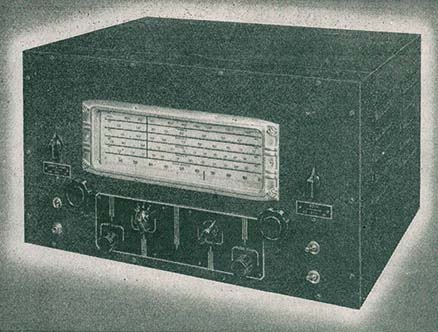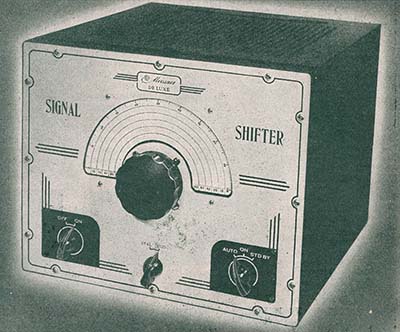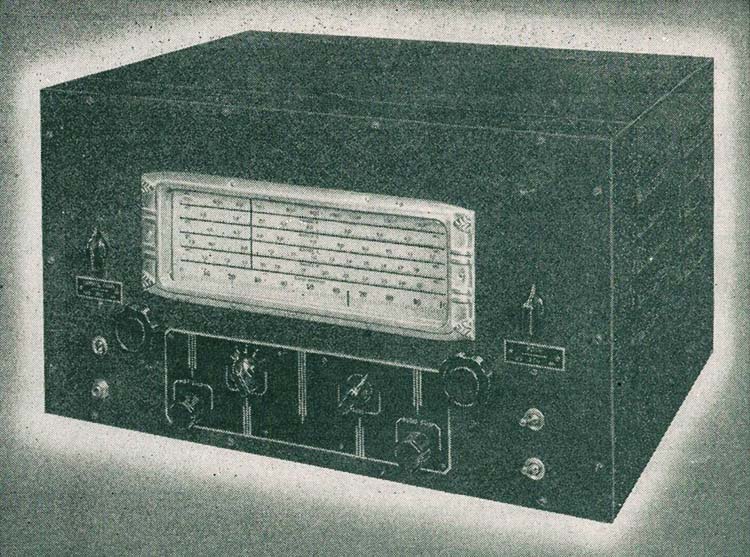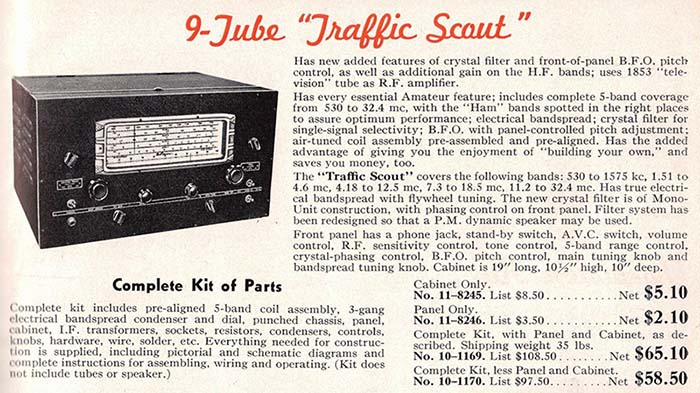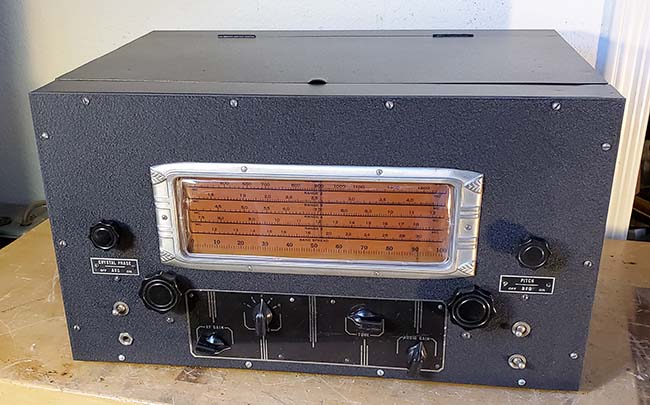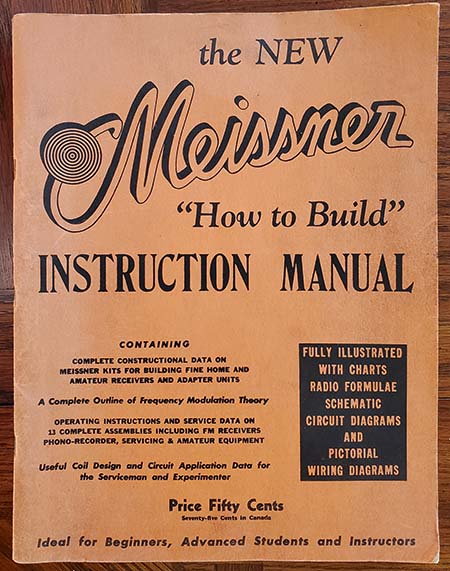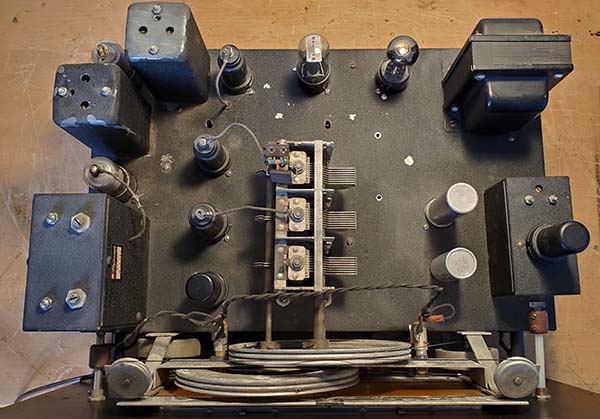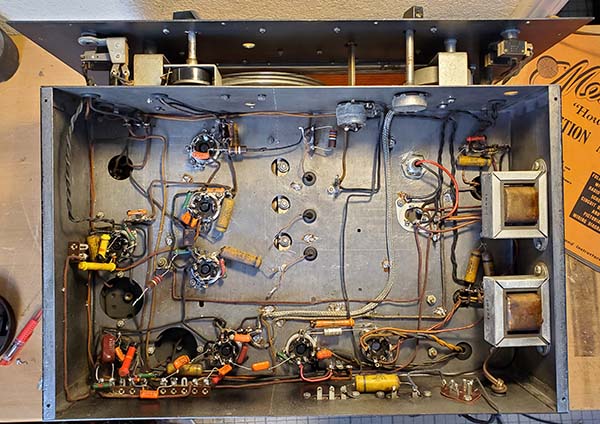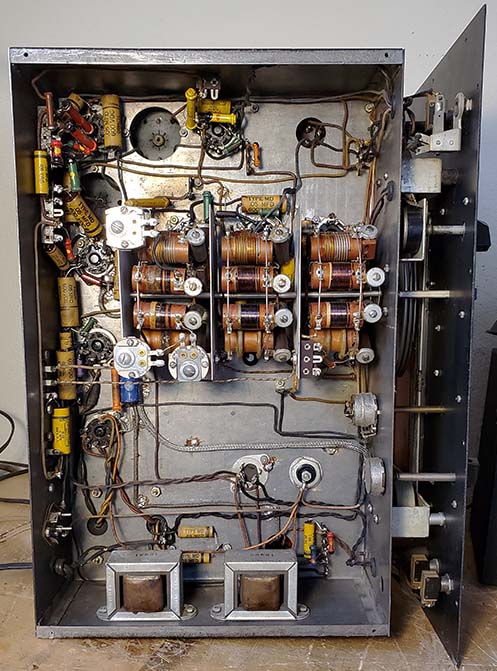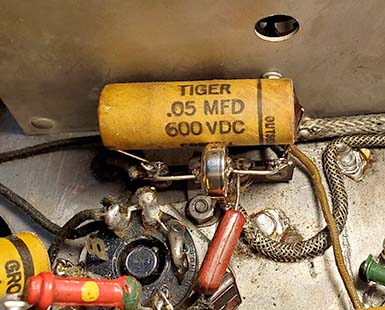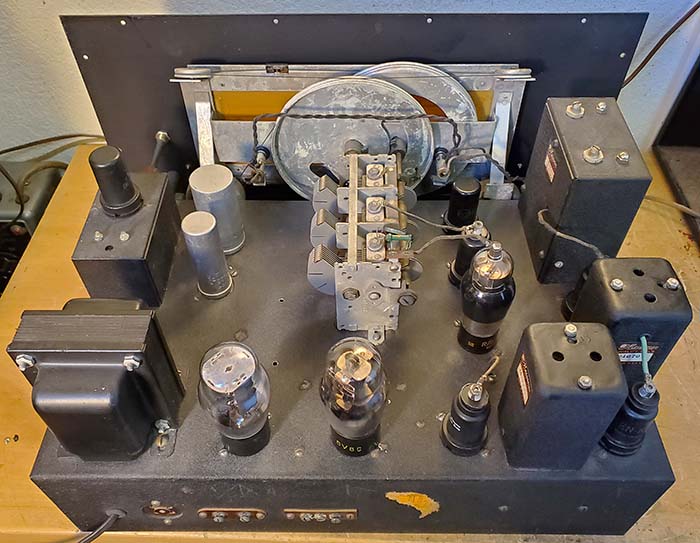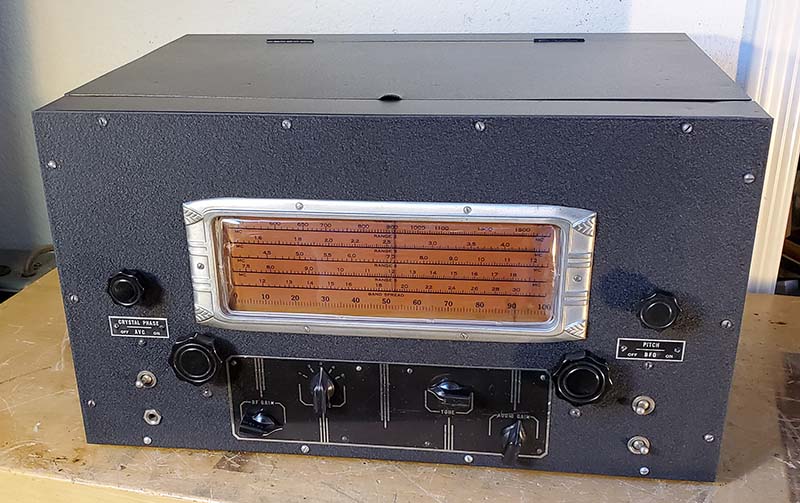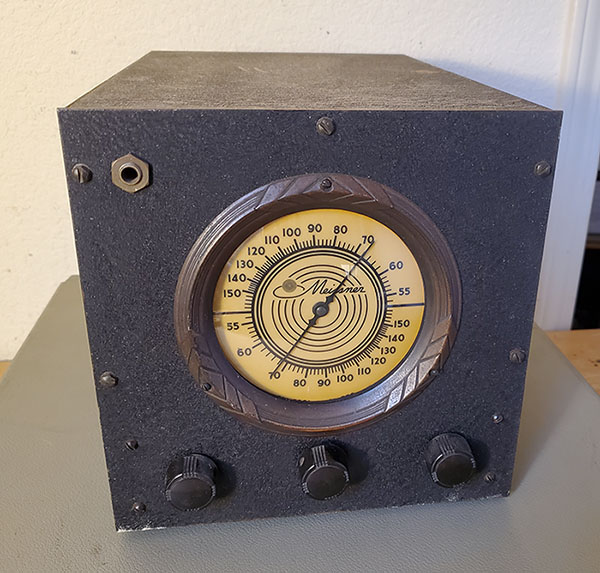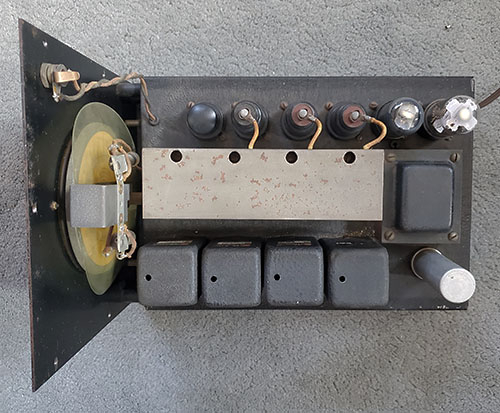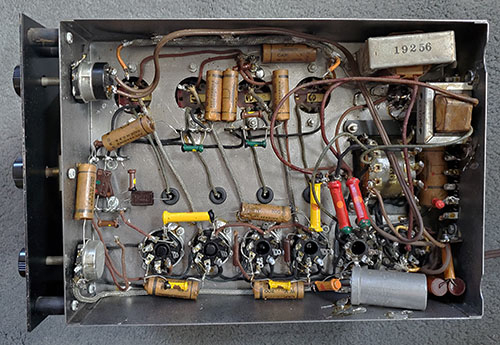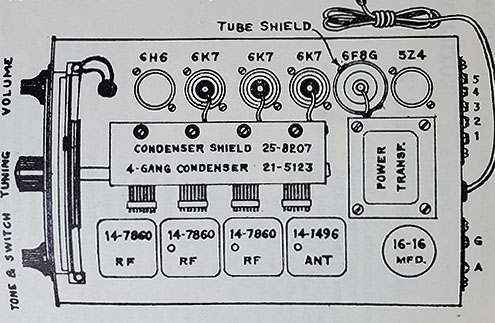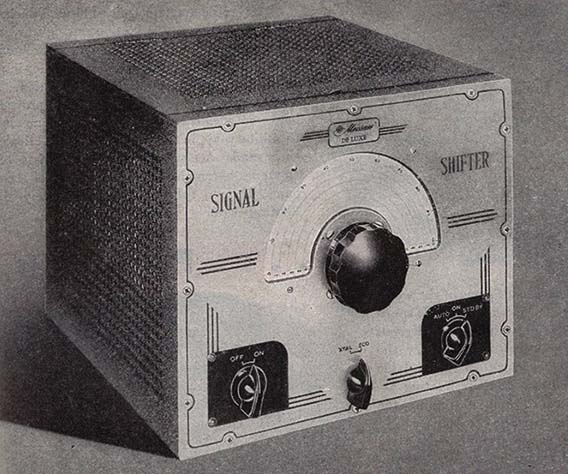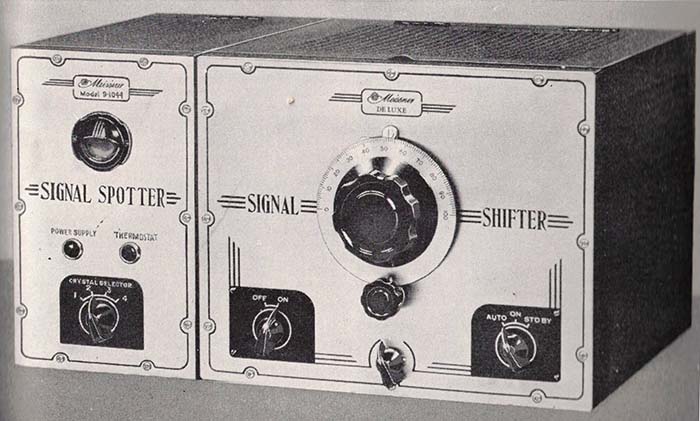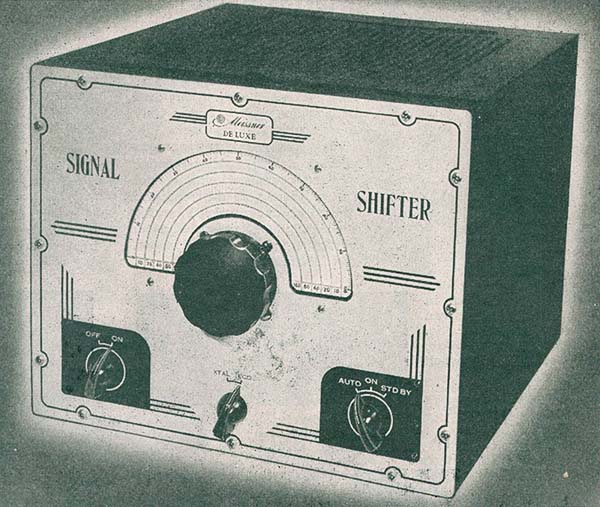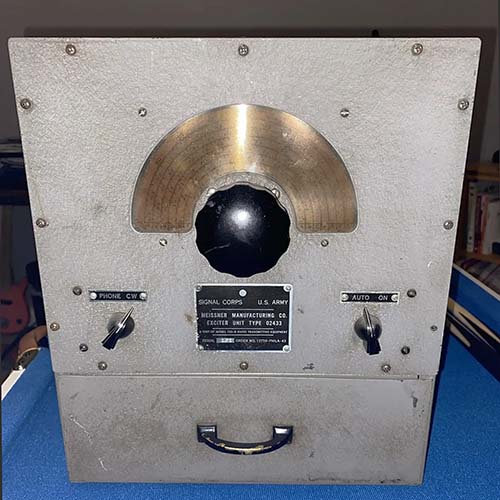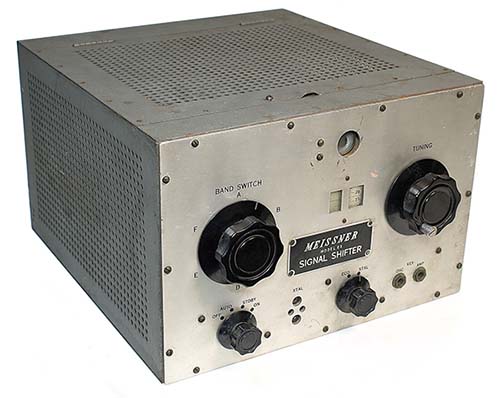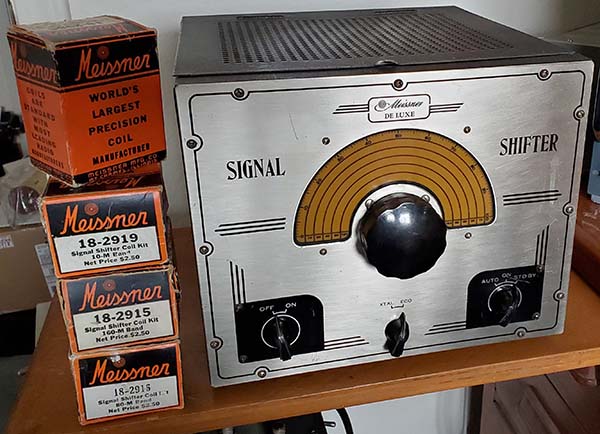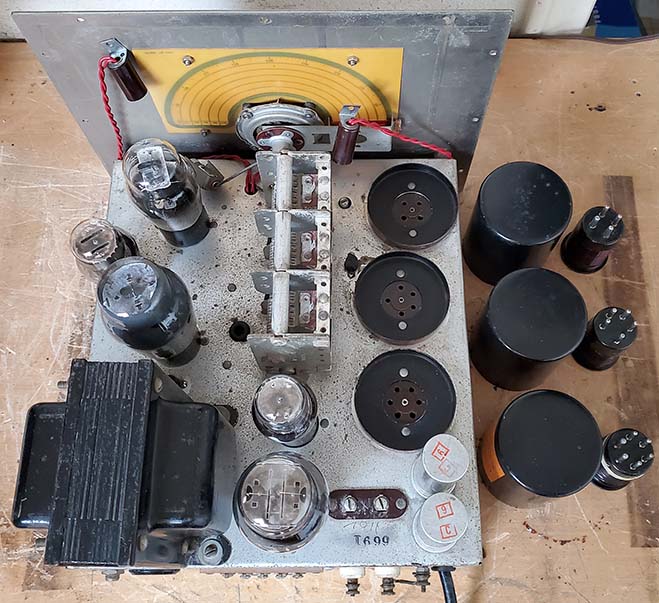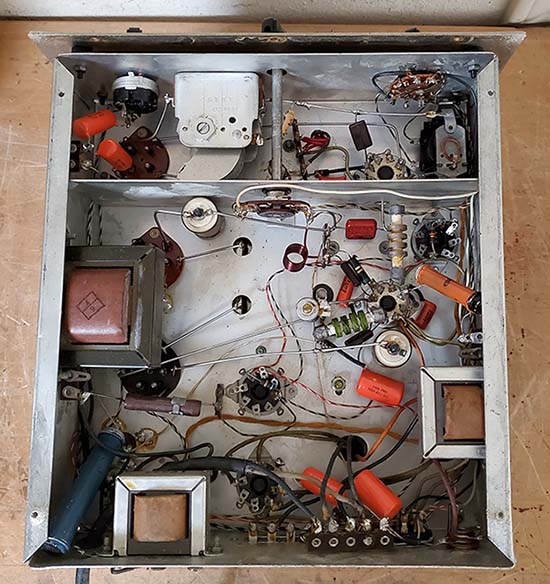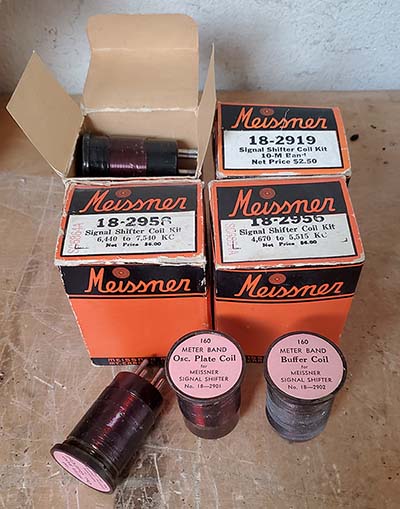|
Band Switch/RF Coil
Assembly Removal - In order to correct the problems involving the RF
amplifier, the Mixer and the LO circuitry, I'm going to have to remove
the Band-Switch/RF Coils assembly. Most of the front-end circuitry is covered up
and inaccessible when the Band Switch/RF Coils assembly is installed. Removal isn't too
involved but, naturally, when the hamster-rework was performed, this
assembly was left in place. This resulted in some of the accessible
parts being replaced with wrong value parts that were sloppily
installed. But, the remaining capacitors (the inaccessible ones) in the
front end appear to be originals. Inspection is required and that will
involve dismounting the Band Switch/RF Coils assembly. Removal of the assembly has six braided wires from the tuning condenser, the
two antenna input wires (Ant and Dipole,) B+ wire, two wires to the RF
amplifier tube socket, a replacement JAN 27K 2W resistor to the LO tube (incorrect
value, of course, should be a 10K BED resistor,) four ground wires
that are soldered to the chassis,...plus two screws and the switch shaft
bushing nut and lock washer. Although, the wires are shown on the schematic and
shown in detail in the Meissner booklet "How to Build," I made another sketch of just the front-end
connections to ease the reinstallation. With the front-end dismounted
and out of the chassis, now it's very easy to see what needs to be done
here first. Replacement
Capacitors - The original paper capacitors were Meissner
brand so almost all of the original shells are long-gone. I checked to
make sure I had all of the required capacitors in polyfilm types (yellow
jackets) and I did. Initially, I thought about just painting the yellow
jackets and not bothering with the shell stuffing since I'd have to find
23 matching shells. But, the more I thought about it,...this Scout is so
complete and not physically modified and it will have an original
circuit when I'm through with the rebuild so it should probably look as
authentic as possible. It would
be a shame to NOT do the capacitor stuffing (an OCD moment.) I checked the junk box
C-shells and I have the necessary (14)-.05µf, (8)-.01µf and (1)-.005µf
(but this shell is going to be marked .006µf.) Wires
- The written assembly instructions indicate that the wire supplied had
rubber insulation but the wire in this Scout is solid 22ga wire with
cloth insulation. The color codes do match the assembly drawing and
schematic. These definitely are the original wires but apparently
sometime during the Traffic Scout kit availability the wire type was
changed to rubber insulation. Actually, the cloth insulation survives
time and environmental conditions much better than rubber insulation
that tends to dry-out, crack and fall off of the wire. Resistors - The
original resistors are B.E.D. code and are the type with the wire-wrap
around each end for the leads. I have lots of these types for
replacements for the originals that have drifted and for the new-types
that are installed. The dissipation shown on the schematic and assembly
drawing seems low for the physical size of the resistors but I think
that's just the operating temperature specs of the time. I used as close
as possible for the physical size for the vintage resistors.
Documentation Conflict,...or is it?
- This is minor,...the schematic for the Traffic Master Tuning Unit shows that the LO plate voltage bypass
capacitor is a .05µf 400vdc paper cap. The schematic for the Traffic
Scout receiver shows the same capacitor as .01µf 400vdc paper cap. I can't
reference the original capacitor since it has been replaced with a
molded-type of capacitor but,...the replacement is a .01µf cap. So,
which value is correct? The Traffic Master
"Tuning Unit" is a complete chassis assembly with tubes, tuning condenser
and the Band Switch/RF coils assembly. The Traffic Scout, on the other hand,
is only the Band Switch/RF Coils assembly mounted under the receiver
chassis with the tubes and tuning condenser mounting on top the main
receiver chassis. I suspect the Scout schematic
is probably correct and the value was originally .01µf (there was also a
resistor value change and this is because the Traffic Master used a
regulated +150vdc B+ in the LO screen and plate and the Traffic Scout
uses an unregulated +200vdc B+.) As mentioned, this component is only a
B+ bypass, so its value isn't critical.
|
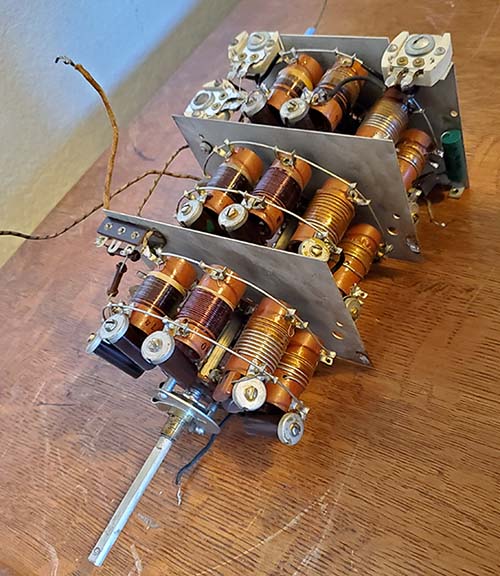
Meissner Traffic Scout - Band
Switch/RF Coils Assembly
It's easy to see that the BC band coils are at
the left side as shown here and a clockwise rotation of the band
switch connects the progressively higher frequency coils going
clockwise. Only Bands 1, 2 and 3 have LO padders (the three
lowest frequency coverage bands.) |
